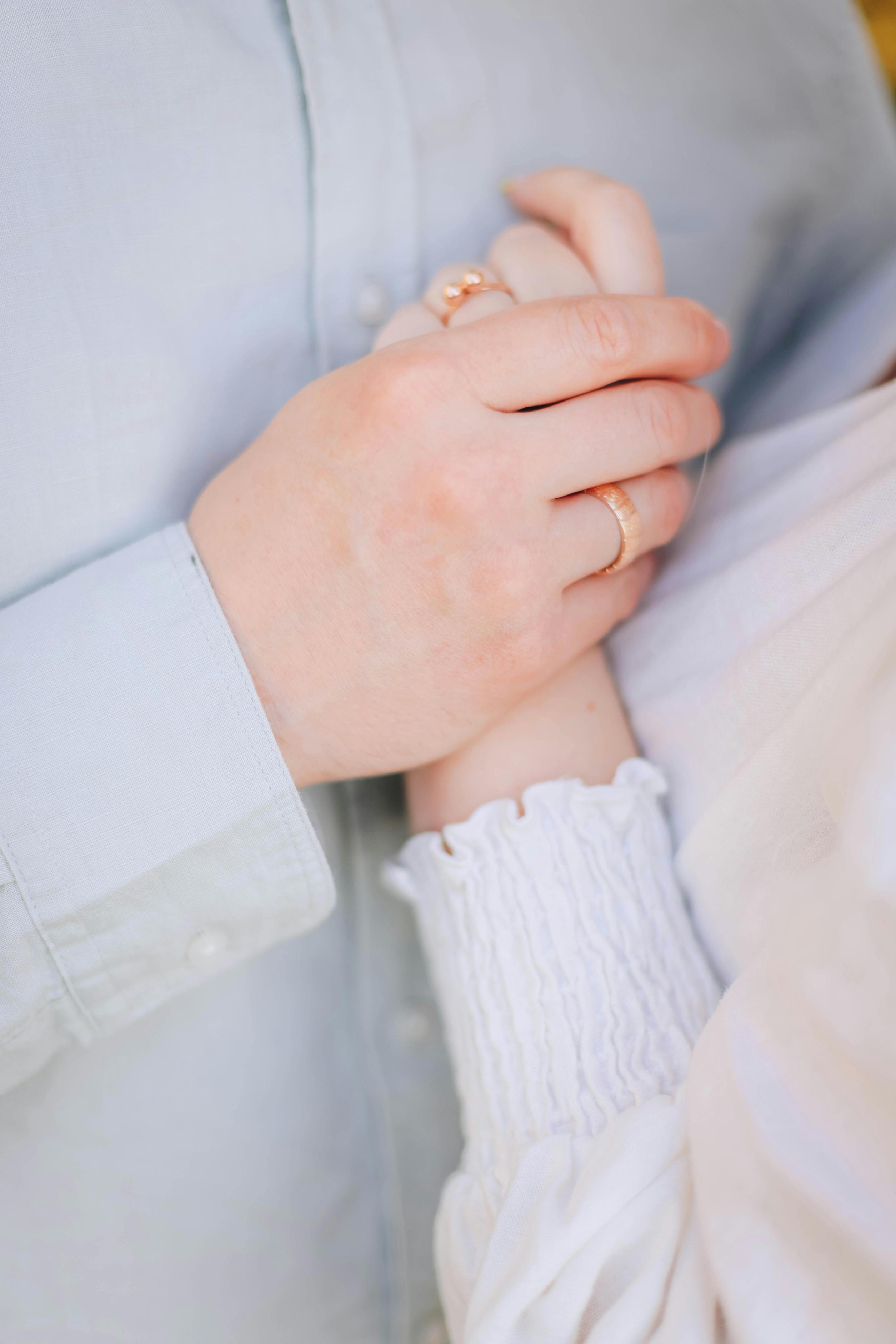Introduction
The concept of engagement rings has traditionally involved one partner giving a ring to the other as a symbol of their intention to marry. However, times have changed, and so have relationship dynamics. The question, ‘Do both partners get an engagement ring?’ has become more relevant as couples seek to express their commitment in non-traditional ways. This guide delves into the historical context, modern trends, and various other aspects to help you decide whether dual engagement rings are the right choice for you and your partner.

Historical Context of Engagement Rings
Engagement rings have a long and storied history dating back to ancient Rome where women wore rings attached to small keys, symbolizing their betrothal. In 1477, Archduke Maximilian of Austria commissioned the first diamond engagement ring on record for Mary of Burgundy, setting a precedent for the tradition that has endured for centuries. Traditionally, it was the man who presented the woman with a ring, a practice that symbolized not just love but also commitment and sometimes, ownership.
In the 20th century, these traditions started to evolve slowly. The marketing efforts by companies like De Beers popularized diamond engagement rings in Western culture with slogans like ‘A Diamond is Forever.’ Over time, the notion of engagement rings began to focus more on mutual affection and less on gender roles.
Modern Trends in Engagement Rings
Today’s couples have more autonomy and freedom in defining their relationship norms and practices. Dual engagement rings have become increasingly common as more couples seek to balance tradition with modernity. For some, it’s a way to foster equality and mutual respect. Others see dual rings as a way to celebrate their unique love story individually.
Recent surveys suggest that same-sex couples, in particular, often opt for dual engagement rings, bringing greater visibility and acceptance to the practice. Moreover, social media and online jewelry customization stores have made it easier for couples to design matching or complementary rings that represent their shared values.
Pros and Cons of Dual Engagement Rings
Opting for dual engagement rings comes with its own set of advantages and drawbacks. Considering these factors can aid in making a well-informed decision:
Pros:
1. Equality: Both partners can celebrate their engagement equally.
2. Personal Expression: Opportunity for both individuals to express their style.
3. Unity: Acts as a shared, tangible symbol of commitment.
Cons:
1. Cost: The expense of buying two rings can be high.
2. Tradition: May conflict with traditional norms and expectations.
3. Logistics: Coordinating the purchase and design of two rings can be more complex.
Considering these aspects can help you weigh your options and decide what matters most in your relationship.
Expert Opinions
Relationship and wedding experts weigh in on the growing trend of dual engagement rings. According to Dr. Jane Greer, a marriage and family therapist, ‘having both partners wear engagement rings can strengthen the sense of partnership and equality.’ On the other hand, John Doe, a wedding industry analyst, mentions that ‘while dual rings are gaining popularity, they have not yet become mainstream and may not be for everyone.’
Jewelers also have their perspectives. Many jewelers suggest that couples should make a decision based on their unique relationship rather than societal expectations. Numerous jewelers now offer customizable options to cater to this rising trend.

Real-Life Stories
Several couples have already embraced the practice of dual engagement rings. Jane and Emily, who got engaged last year, decided on matching rings to symbolize their love and commitment equally. Another couple, Mike and Leo, opted for rings that complement each other rather than matching outright. These real-life examples highlight how couples today are personalizing their engagement traditions.
Sarah and Tom, a heterosexual couple, chose dual engagement rings to signify equality in their relationship. Sarah says, ‘I love that we both have engagement rings. It makes us feel more connected.’

How to Make the Decision
Deciding on whether both partners should have engagement rings involves several considerations:
1. Discussing Values: Have an open conversation about what the rings symbolize in your relationship.
2. Budget Planning: Consider the financial implications and set a realistic budget.
3. Cultural Norms: Reflect on your cultural or familial expectations, but prioritize your mutual happiness.
4. Emotional Readiness: Ensure that both partners are comfortable with the decision.
By evaluating these factors, couples can arrive at a decision that feels right for them.
Choosing the Right Rings
Selecting engagement rings is an intricate process that deserves care. Here’s how to start:
1. Identify Style: Discuss what styles appeal to both partners.
2. Material Preference: Choose metals and gemstones that align with your tastes and lifestyle.
3. Customization: Many jewelers offer bespoke options to create rings unique to your relationship.
4. Budget: Stick to your budget while ensuring quality and durability.
Remember, the rings should reflect your relationship and personal styles.
Conclusion
The choice of whether both partners get an engagement ring is deeply personal. Balancing tradition with modern values, communicating openly, and making informed choices can create a meaningful symbol of your commitment. With no right or wrong answer, what matters most is that your decision reflects your relationship and mutual happiness.
Frequently Asked Questions
Should both partners wear engagement rings?
It depends on personal preference and mutual agreement. Some couples opt for dual rings to symbolize equality, while others stick to traditional practices.
What are the benefits of both partners getting an engagement ring?
Benefits include a sense of equality, personal expression, and mutual commitment. It allows both partners to have a tangible symbol of their engagement.
How do we decide if dual engagement rings are right for us?
Start by discussing your values and expectations. Consider factors like budget, cultural norms, and personal preferences. Ultimately, the decision should feel right for both partners.
